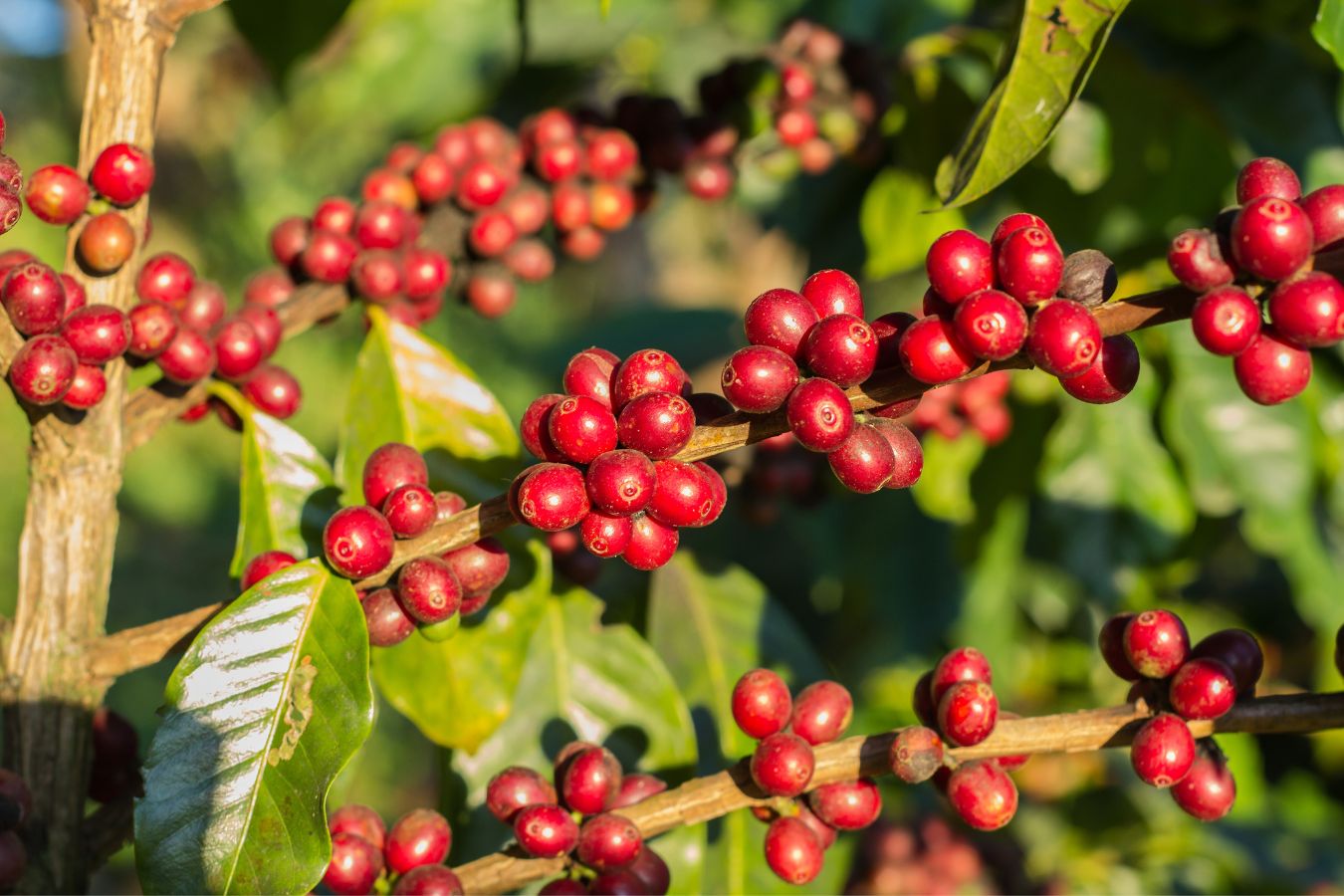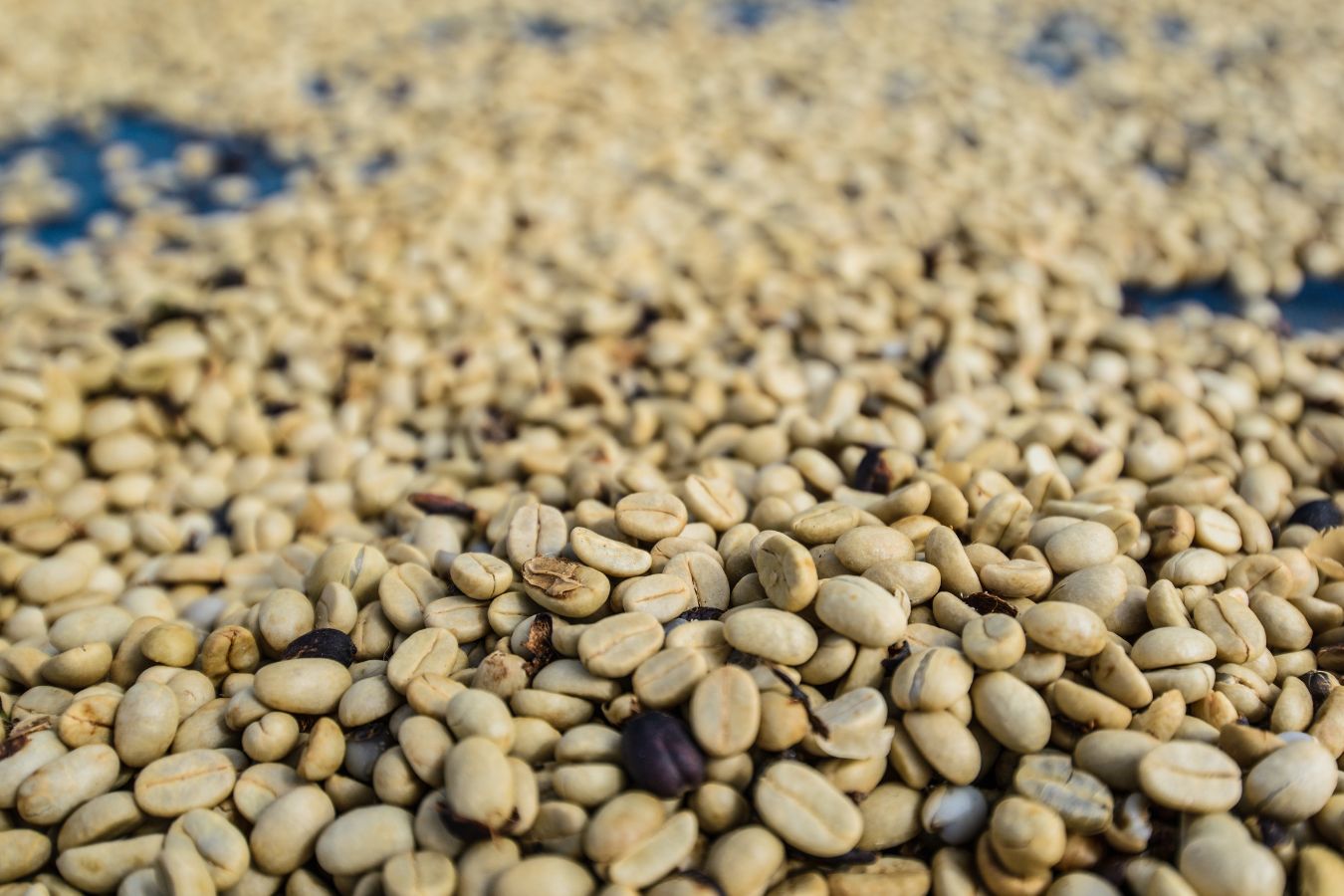
The Original Coffee Idea
The term “original” is frequently used to describe purity and virginity. The fundamental integrity of the beans gives coffee its uniqueness.
Original coffee beans are typically grown on a farm, plantation, or cooperative in a specific geographic location. The distinctive properties of the coffee beans will be retained and recreated due to the confined region. When coffee is first brewed, it has a distinct flavor that reflects the growing area. Not only that, but traceability is also more accessible and convenient with this type of coffee.

Impurity does not exist in the original coffee. It rejects the idea of flavoring, seasoning, or mixing to alter the intrinsic flavor’s authentic essence. This is quite difficult to come by in today’s coffee industry, which is rife with obscurity and the hiding of manufacturing flaws.
The standard elements, particularly the preservation of human hands, are at the heart of what distinguishes the original coffee beans.
Original Coffee Source
Food purity starts with clean ingredients, no matter where you are on the globe.
Original coffees are intrinsically intriguing because of their prominent, readily identifiable origins. Each particular flavor is influenced by the region’s growing and processing conditions. The aroma of a cup of coffee is more than just a matter of smell. Because coffee is a fruit, it distills the essence of the plants, soil, climate, altitude, and people who inhabit the area.
For coffee connoisseurs, the country of origin is crucial. A source reveals not only characteristics but also qualities. It contributes to the farm’s, company’s, or brand’s credibility and professionalism.
Food purity starts with clean ingredients, no matter where you are on the globe.
Original coffees are intrinsically intriguing because of their prominent, readily identifiable origins. Each particular flavour is influenced by the region’s growing and processing conditions. The aroma of a cup of coffee is more than just a matter of smell. Because coffee is a fruit, it distils the essence of the plants, soil, climate, altitude, and people who inhabit the area.
For coffee connoisseurs, the country of origin is crucial. A source reveals not only characteristics but also qualities. It contributes to the farm’s, company’s, or brand’s credibility and professionalism.
Characteristics Of Production
The quality of coffee is, of course, always a deciding factor. Because eggplant seeds are usually only cultivated and roasted in limited quantities.
As a result, farmers and roasters can better understand the cultivation and roasting process. After that, sort the rotten tomatoes and ensure that each batch of coffee has a consistent flavor.
Process Of Farming
This is the first stage in preserving the coffee beans’ natural flavor. They’ll be planted in large, shady areas. For optimal growth, every step from germination to seedling is meticulously monitored.
Hand-harvesting to select each ripe seed is a time-consuming task. Only then will they not affect the intrinsic quality and flavor of the product.
Method Of Success
The most crucial technique for bringing out the aroma and flavor of coffee is roasting. Roasting methods cannot be generalized for all types to preserve the original flavor. They are frequently roasted lighter to bring out the unique taste of coffee beans.

Depending on the balance of flavor, each variety will have a different approach. However, the final product must always be free of bitter taste, smoke odour, wood, leather, and mould.
Method Of Extraction
The extraction method will dissolve the flavor of the tomato seeds into the water without losing their natural qualities from the extraction, a robust, mild, or evenly acidic cup of coffee. Making decent coffee requires consistent extraction.
However, when extracting to cover up poor notes, mixing flavorings is forbidden to preserve the original art. Because it will affect the viewer’s perception of true purity, rendering the ideals that must be maintained in a cup of pure coffee worthless.
Coffee mate
It is only available in powder form in the UK, is commonly known as a coffee whitener, and comes in two strengths: “regular” and “light.” The light version does not taste as good but contains significantly less fat.
Because using a milk substitute for coffee and tea is much more popular in the United States, many more Coffee-Mate options exist.
It falls under the “coffee creamer” category in the United States because, in addition to powder, it is also available in liquid and flavored liquids.
Some of the flavours, such as French Vanilla, are even available in large bottles with a pump so you can get a measured squirt to try to replicate a vanilla latte.
Is it worthwhile to use Coffee-Mate instead of regular milk in your coffee?
Is it better or worse for the flavor, and why doesn’t everyone use coffee whitener or creamer?
Coffee creamer
Creamer is a store-bought powder or liquid that is commonly used in place of milk products, such as half-and-half or cream in coffee or black tea. The majority of coffee creamer is dairy-free and instead contains sugar or sugar substitutes, oil, and thickeners.
It has a longer shelf life than milk products, particularly when powdered. It’s most common in the United States and comes in various flavors, including seasonal options.